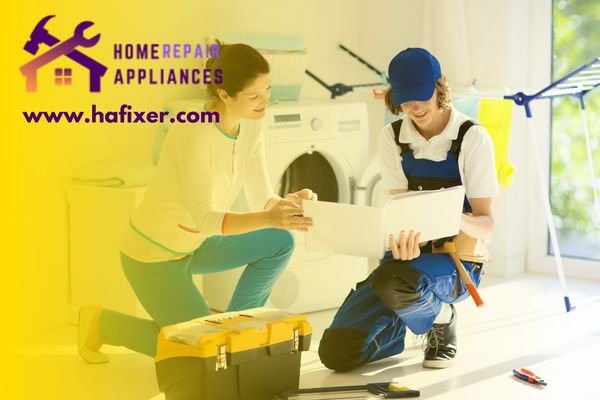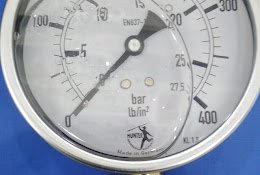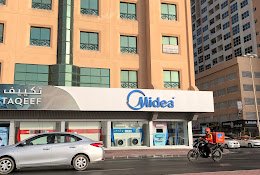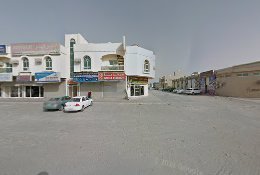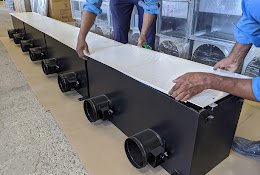Understanding scientific principles shouldn’t feel like rocket science—especially when it’s about something as practical and widely used as the Ideal Gas Law. Whether you’re a student in Lahore, a chemical engineer in Karachi, or working in a research lab in Islamabad, this concept is an essential part of everyday scientific equations. Today, we’ll break it down in a simple, real-world way.
The Ideal Gas Law combines Boyle’s, Charles’, and Avogadro’s laws into one powerful equation:
PV = nRT, where Pressure (P), Volume (V), Number of moles (n), Temperature (T), and the constant (R) help you understand gas behavior.
What Is the Ideal Gas Law
Quick Answer: It is a mathematical relationship that helps determine how gases behave under different conditions of pressure, temperature, and volume.
The Ideal Gas Law is widely used in chemistry, engineering, petrochemical industries, and even weather prediction. It plays a key role in designing pressure vessels, medical oxygen cylinders, and drone technology. In universities across Pakistan like NUST, UET Lahore, and PIEAS, this formula is a core part of engineering and science curricula.
Real-life applications include:
Designing air conditioners and refrigerators
Measuring tire pressure in vehicles
Determining oxygen requirements in hospitals
Calculating energy efficiency in industrial processes
Why Is the Ideal Gas Law Important in Pakistan’s Industrial Development
Quick Answer: It helps engineers, researchers, and students make accurate gas-related evaluations in real-world applications.
Pakistan’s growing industrial sector—from Punjab’s fertilizer plants to Sindh’s petrochemical refineries—requires accurate gas measurement. Engineers use Ideal Gas Law equations to ensure safety, optimize energy usage, and improve product quality. Government-backed initiatives like National Center of Artificial Intelligence (NCAI) and Pakistan Science Foundation (PSF) also support STEM learning and simulation-based research using these principles.
How to Calculate the Ideal Gas Law Easily
Quick Answer: Use digital tools or calculators to avoid errors and get instant results.
Manual calculation requires rearranging the formula and converting units, which is time-consuming. Instead, you can use smart tools like an ideal gas law calculator to get accurate results faster using real-time inputs without worrying about formulas.
Steps to follow using a calculator:
Enter values for P, V, n, or T
Choose the appropriate units
Click calculate for instant results
Common Mistakes to Avoid in Gas Calculations
Quick Answer: Wrong unit conversions and temperature measurements lead to major calculation errors.
Avoid these errors:
Using Celsius instead of Kelvin
Confusing pressure units (atm, Pa, bar)
Mixing moles and grams
Ignoring gas constant (R value) variations
Real-World Examples of Ideal Gas Law in Action
Quick Answer: It’s used in weather balloons, syringes, cylinders, drones, and HVAC systems.
Practical examples:
Weather balloons: Used by Pakistan Meteorological Department
Automotive air bags: Gas pressure inflates the bag instantly
Medical oxygen cylinders: Volume and pressure calculations ensure safety
Drones: Air pressure affects lift and stability
Technology and Innovation in Gas Law Applications
Quick Answer: Modern tech platforms help automate and simulate gas behavior with accuracy.
Pakistan is witnessing growth in STEM-focused industries. Using AI-powered tools, students and researchers can get quick results without complex manual calculation. Platforms now allow instant simulations, graphs, and unit conversions that support classroom and industry use.
Smart features include:
Temperature auto-conversion
Graphical behavior analysis
Real-time pressure simulation
Around the midpoint, as required:
Today, students, researchers, and professionals prefer digital solutions to save time and avoid errors—most rely on smart tools to get quick and reliable calculations to increase efficiency in studies, manufacturing, and lab research.
Role of Local Innovation and Youth Programs
Quick Answer: Pakistan is empowering youth through tech parks and engineering programs supporting scientific innovation.
Government initiatives such as DigiSkills.pk, NAVTTC, and Prime Minister’s National Innovation Program are building practical scientific knowledge. Modern hubs like the innovative technology company in Pakistan provide learning, research, and development spaces for engineering students to work on AI-based gas simulations, IoT-powered pressure monitoring, and industrial automation projects.
Expert Insight
Quick Answer: Experts emphasize the Ideal Gas Law as a foundation for scientific innovation.
“Understanding gas behavior is key to unlocking innovations in HVAC, fuel technology, and aerospace engineering. Tools that simplify these calculations help students think bigger and build smarter.”
— Dr. Ayesha Khan, Chemical Engineering Faculty, NUST Islamabad
FAQs
Q1. What is the main use of the Ideal Gas Law?
It helps calculate temperature, pressure, and volume of gases in scientific and industrial applications.
Q2. Why is Kelvin used in Ideal Gas Law?
Kelvin ensures absolute temperature without negative values, making gas calculations accurate.
Q3. Can I use Ideal Gas Law in real life?
Yes, it is used in tire pressure gauges, oxygen cylinders, weather predictions, and automated machines.
Q4. What industries use Ideal Gas Law in Pakistan?
Refineries, fertilizer factories, HVAC companies, universities, and aerospace research centers.
Q5. Is the Ideal Gas Law valid for all gases?
It works best for ideal gases; however, many real gases also follow it closely under normal conditions.
Final Thought
enthusiast helping learners and professionals in Pakistan explore practical, technology-driven solutions for academic and industrial use. I firmly believe that when complex formulas like the Ideal Gas Law are paired with smart tools and locally available innovation platforms, they empower our youth to lead in energy, engineering, and research sectors. Real progress begins when knowledge meets Technology—and Pakistan is heading in the right direction.



